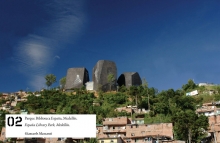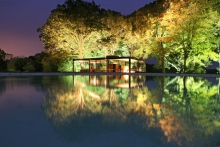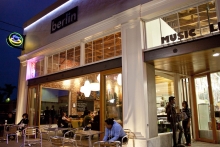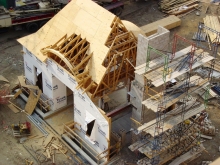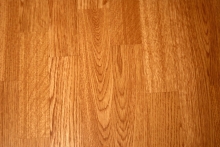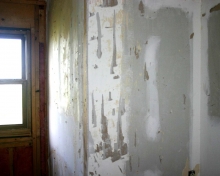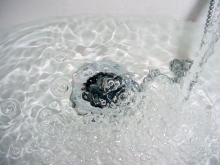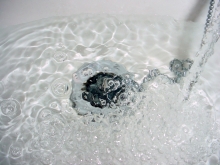A "library park" in a Colombian barrio serves functions beyond those of either a library or a park. State-funded programs operated through the institution provide an underprivileged community with educational and other services, making the Parque Biblioteca España a symbol of hope for the city of Medellín.
Giancarlo Mazzanti’s Parque Biblioteca España is located in the city of Medellín, home to more than 3.3 million residents and capital of the coffee-producing province of Antioquia. The city is situated in the Aburrá Valley of the Andes Mountains, in the geographically diverse country of Colombia. Medellín runs the length of the Aburrá Valley, extending fingers and palms up steep slopes to the ridges that contain and proclaim its identity as a highland haven and, per the prevailing weather conditions, the City of Eternal Spring. Its unique geographic qualities allow the entire span of Medellín to be seen from the surrounding mountain ridges; conversely, these ridges can be seen from any point along the river bisecting Medellín’s core, the Rio Medellín. Along Medellín’s western slope in the Santo Domingo Savio barrio sits the Parque Biblioteca España, articulating through its rough-hewn envelope the city’s mountainous boundaries – a distinct point of pride for its inhabitants.
